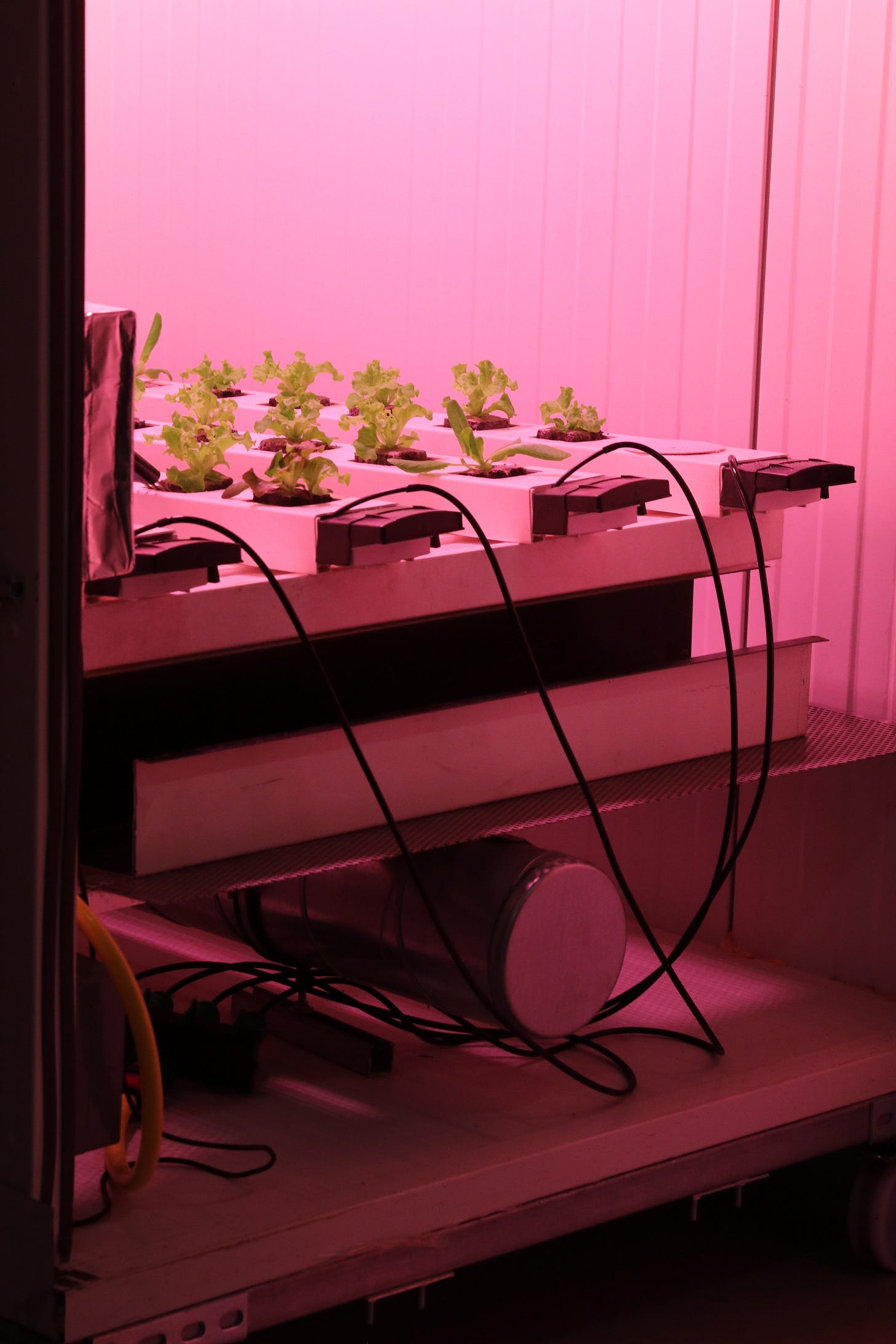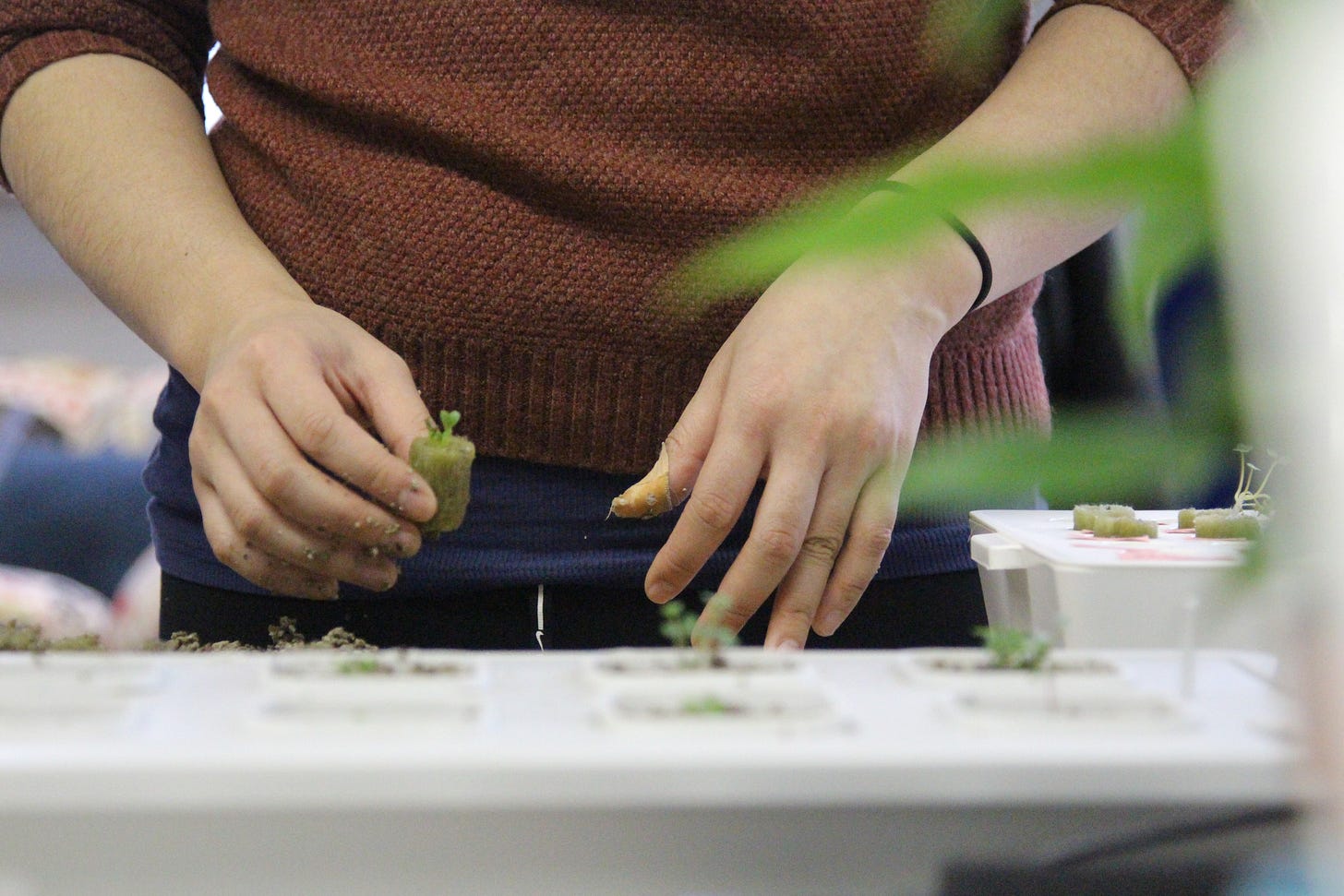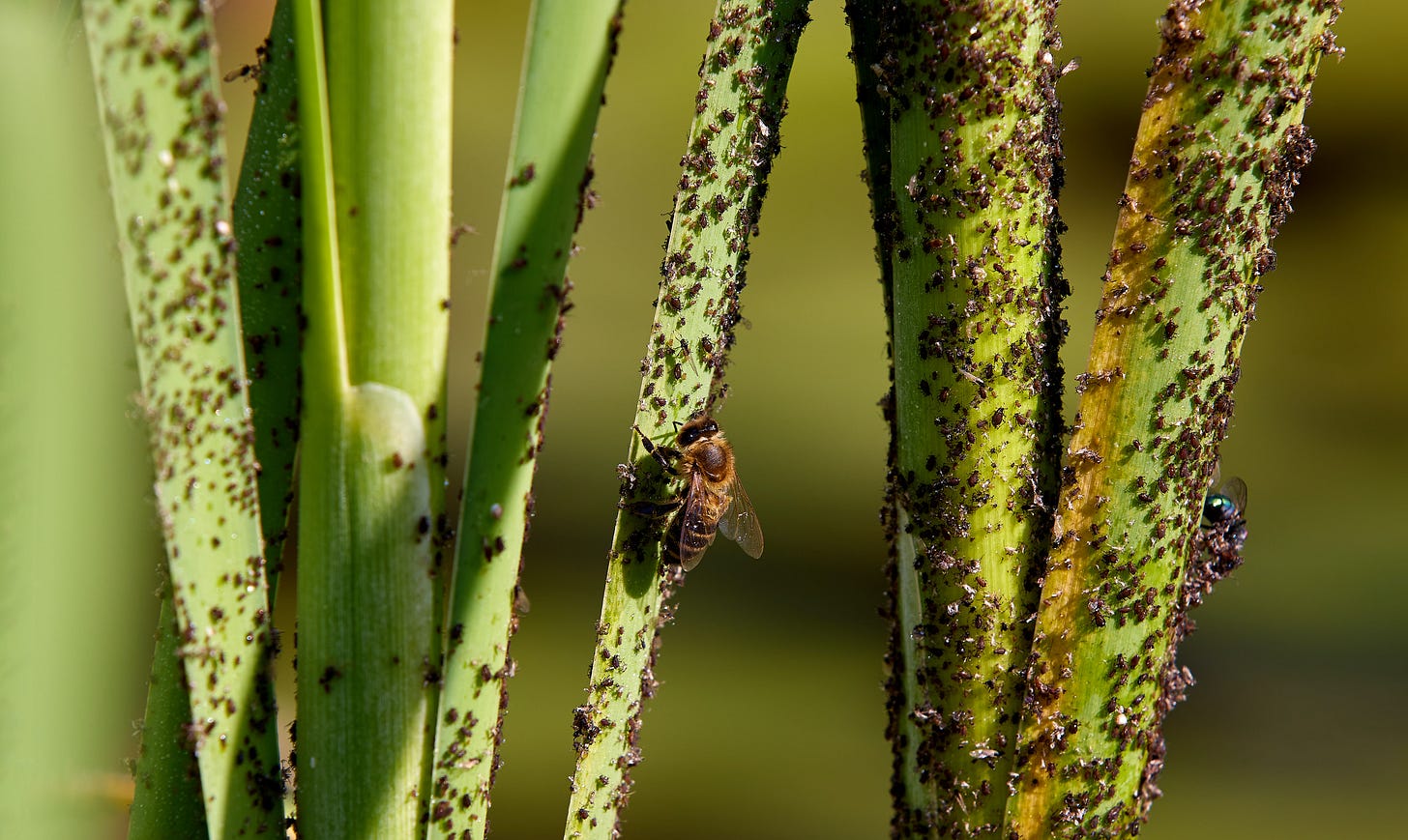So, you want to grow plants without soil? Congratulations, you're stepping into a world that would make even NASA scientists give you a nod of approval! Welcome to the universe of hydroponics, where you can enjoy plump tomatoes in winter, fresh lettuce in a desert, or spicy peppers in the heart of a bustling city. Let's dig in (without the dirt, of course).
Each one of the below headings could be talked about on their own at length but as a simple introduction to hydroponics this is where we begin.
Choose Your Hydroponic System:
First things first, you need to pick the hydroponic system that suits your needs. Here are a few of the most popular ones:
Deep Water Culture (DWC): In DWC, plants are suspended in nutrient-rich water. It's the perfect beginner's choice with its simplicity and low start-up costs.
Nutrient Film Technique (NFT): A nutrient solution flows over the roots in a thin film, offering a great oxygen-nutrient balance. Best for leafy greens and herbs.
Ebb and Flow: The system periodically floods the roots with nutrient solution, then drains it back. It's great for a variety of plants but requires a bit more setup.
Lights, Temperature, Action:
Without soil, you have total control over your plants' environment. Make sure your plants are getting 10–14 hours of light per day. Artificial light can also be used to replicate natural light. Keep the temperature comfortable, between 65 and 75 degrees Fahrenheit (18 to 23 degrees Celsius) is typically safe.
When the water goes over these limits, the roots begin to experience stress, and disease breakout is often the case.

Suit Up for the Nutrient Solution:
Plants need nutrients to grow, and in hydroponics, you deliver those directly through the water. You can find pre-mixed solutions with a good mix of nitrogen (N), phosphorus (P) and potassium (K). A good water soluble mix would typically be a 2-3-2 solution or a general purpose multi feed. Just remember to check the pH (ideal range is 5.5–6.5) and adjust as necessary. This can be done with a PH buffer.
EC (electrical conductivity) is also very important. As a general rule of thumb, an EC reading of between 1.4 – 2 Siemens/cm should be perfect for most plants.
As a general rule, fertilizers work like this:
The N is for the leaves, The P is for the stem and the K is for the roots.
If you would like to boost leaf growth, More N would be required. The same applies for The P and K.
It's More Than Just Plants:
Hydroponics, combined with aquaculture (raising fish), creates a symbiotic system called aquaponics ( We will delve deeper into this in future newsletters). Fish waste provides the nutrients for the plants, and in return, the plants filter the water for the fish. It's a sustainable, circular system that produces not just fresh produce, but also healthy fish - a delightful double bounty.
Pick Your Plants:
Hydroponics is often linked to growing fresh greens or tomatoes. But did you know that hydroponics can even host berry bushes, root crops, and ornamental flowers? Yes, you heard it right - beautiful roses and juicy strawberries can also thrive in your hydroponic system. It's truly a testament to the versatility of this system.
Mind the Pests and Diseases:
As much as we'd love for the world of hydroponics to be a pest-free utopia, the reality is, it's not all smooth sailing. This captivating realm comes with its own set of speed bumps that keep us on our toes.
We all know that healthy plant growth isn't just about the perfect balance of light, water, and nutrients. It's also about being a good plant parent and keeping a keen eye out for potential troublemakers. Yes, I'm talking about those pesky pests, sneaky fungi, and crafty diseases that can invade our precious hydroponic havens, just like they would in a classic garden.
The secret weapon here? Vigilance and attention to detail. Make it a routine to stroll through your hydroponic garden, carefully observing your plants. Look out for any changes, no matter how small. A leaf wilting? A stem looking a bit sad? Uninvited critters making themselves at home? If anything seems off, it's time to roll up your sleeves and jump into action.
But hey, don't worry, we won't be breaking out any harsh chemicals here. There's a whole arsenal of organic solutions at our disposal. Everything from natural insecticidal soaps to good old neem oil can come to the rescue, treating the problem without harming our green buddies or the planet.
In the upcoming newsletters, we'll get into the nitty-gritty of identifying common issues and tackling them with eco-friendly solutions. After all, there's truth in the saying, "A healthy garden is a happy garden."
At the heart of it all, hydroponics is about caring for and protecting our plants, just as Mother Nature would. Let's keep doing right by her.
Harvest Time!
"Drumroll, please! It's time for the moment we've all been eagerly anticipating: the glorious act of harvesting. Oh, the sheer joy and satisfaction that come from seeing your love and labor bear fruit (sometimes quite literally!).
With leafy greens, there's no need to wait for a grand event. You can simply snip off leaves as and when you need them, especially for your fresh, crunchy salads. Every leaf you harvest is a testament to your care and dedication. Plus, there's something incredibly fulfilling about knowing that the crisp greens in your bowl are there thanks to your green thumb.
Now, if you've been nurturing fruit-bearing plants, the harvest ritual is a little different. It's a patience-testing game as you watch your little green gems ripen slowly, day by day. Then, one glorious morning, you see it - that perfect shade of ripe red, or yellow, or purple, signaling that it's finally time. Carefully, you'll pluck your ripe treasures, feeling a sense of accomplishment that is unique to those of us who grow our own food.
Remember, harvesting isn't just about reaping the fruits of your labor. It's also about celebrating the cycle of growth that you've nurtured and guided. So, as you harvest, take a moment to appreciate the journey, from tiny seed to bountiful harvest. And get ready to do it all over again!
From this moment on, you're not just a gardener; you're a hydroponic hero, a wizard of water, and a sovereign of sustainability. And remember, you're not alone in this journey. If you've enjoyed this and are ready for more thrilling hydroponic adventures subscribe now and never miss “The faithful farmers” newsletters where all aspects of farming will be be covered.
Over the next few newsletters, we're going to delve deeper into this captivating journey. We'll uncover the intricacies of hydroponics, the science behind it, and the delicate balance of elements it requires to flourish. It's a world that merges science with nature, art with understanding, and patience with rewards.
So, let's gear up to embark on a deep-dive exploration together. I hope you're as thrilled as I am to uncover the secrets of hydroponics. It's more than just a method of growing plants; it's a testament to the awe-inspiring possibilities of life.
Stay tuned for more detail-rich content, practical tips, personal insights, and engaging stories from my hydroponic adventure. As always, feel free to reach out with any questions, thoughts, or even your own experiences.
Let's keep growing, learning, and connecting. Until next time stay faithful.
Best regards, The faithful farmer



